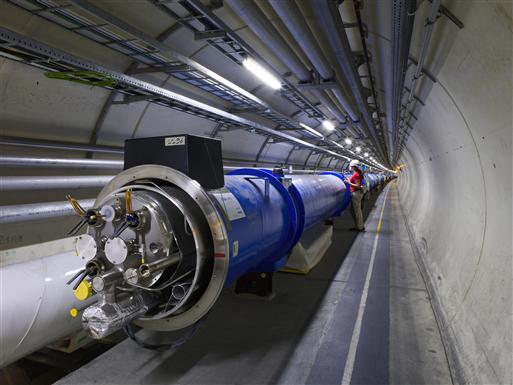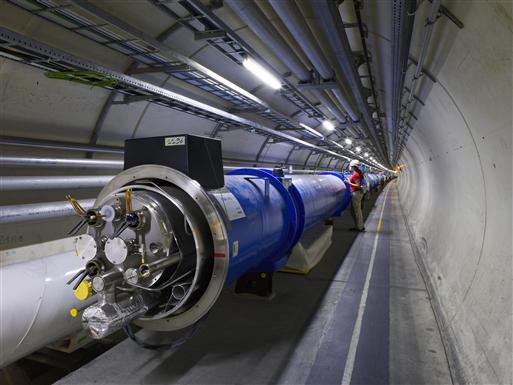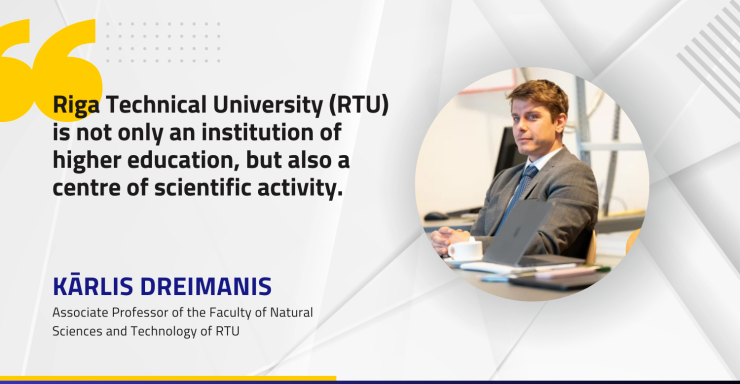Guntis Pikurs is a Latvian scientist who is designing a complex, nearly 400-millimeter-long accelerator component — a radio frequency quadrupole — at the European Organization for Nuclear Research, or CERN. In the future, this device could be used in the treatment of oncological diseases, he told Latvian Television’s program Rīta panorāma.

Pikurs, who works as an engineer in the Latvian team at CERN, says he subconsciously aspired to become a scientist from an early age: “As a child, I was fascinated by different mechanisms. I enjoyed taking things apart and was even happier when I could put them back together. Later on, I started disassembling car engines and things like that.”
At CERN, Guntis is designing a complex, nearly 400-millimeter-long accelerator component — a radio frequency quadrupole. This is needed both in industry and in science.
This device can be used to improve the properties of various materials — for example, to produce better rubber tires. In medicine, it plays a role in cancer treatment.
“In cancer therapy, we target human cells. It acts like a micro-scalpel that spatially destroys tumor cells from within,” the scientist explained.
Together with colleagues, Pikurs has developed one of the most advanced accelerator components currently being tested at CERN. Until now, such accelerators were built using conventional manufacturing methods. That approach is expensive, and the device is assembled from various parts, which often leads to inaccuracies — unacceptable in scientific research.
“My approach was to manufacture it as a monolithic part using additive manufacturing technology. In everyday terms, this is also known as 3D printing. You can print many different types of materials. The model I’m holding here is printed from PLA plastic, but the actual accelerator is made from pure copper — oxygen-free, oxide-free,” Pikurs explained.
For the first time in history, he has succeeded in creating a prototype of an accelerator component in a single piece from pure copper. In this device, every detail, every curve, and every protrusion plays a crucial role.

